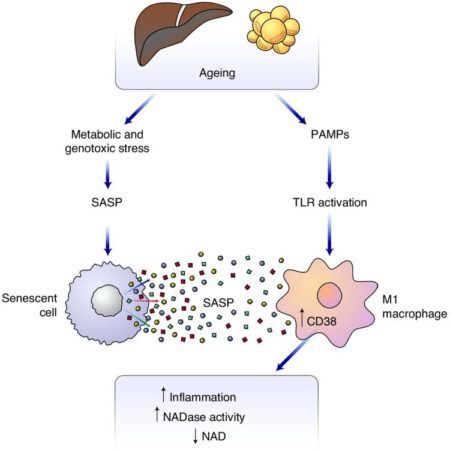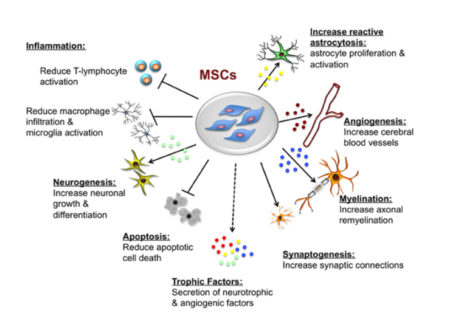Reason 3 for choosing adipose stem cell culture supernatant

We are paying attention
what mesenchymal stem cell (MSC) is.
It is one of the somatic stem cells derived from mesenchyme.
MSCs form stromal cells in the bone marrow
to create a microenvironment
that supports the proliferation and differentiation of hematopoietic cell,
so it is also called mesenchymal stromal cell.
I used to be involved in regenerative medicine
that used autologous bone marrow
to cure ischemic diseases
in which the blood flow in the upper and lower limbs ceased.

MSCs
not only differentiate and proliferate themselves,
but also induce the proliferation and differentiation of organ-constituting cells
at the site of injury
by secreting various growth factors to restore organ function.
In addition,
MSCs secrete various immunosuppressive and immunoregulatory factors
to evade self-attack by immune cells.
This immune control mechanism by MSCs
contributes to the formation of immune tolerance sites under physiological conditions, and
contributes to amelioration of inflammation under inflammatory conditions.

Adipose tissue is a very important source of MSCs,
containing 100-1,000 times more MSCs than bone marrow.
In terms of cell functions,
compared to bone marrow-derived MSCs,
they secrete more growth factors,
HGF (hepatocyte growth factor)
and
VEGF (vascular endothelial cell growth factor),
so they have a higher regenerative ability.
It is also known to have a high immunoregulatory function
because it secretes many immune regulatory factors.
This is the third reason why I focus on the supernatant obtained from adipose tissue culture.

